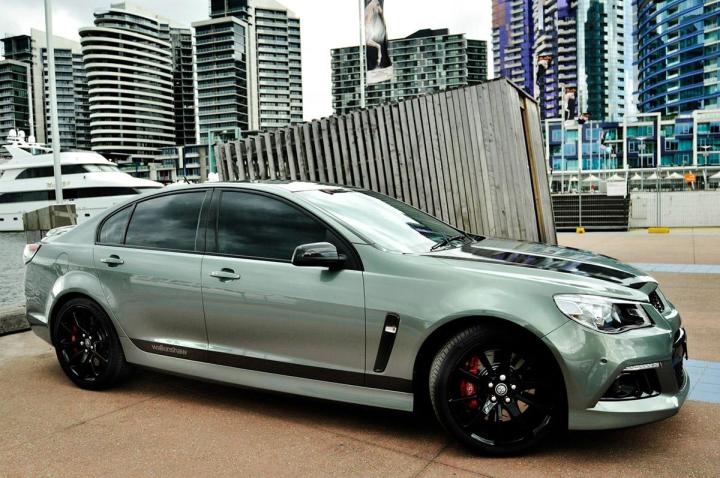
If you have seen Mad Max, you know that Australia has a thing for fast cars in the desert. Today this passion is one step closer to being a national law, as Northern Territory transport officials announce that they will be removing speed limits on a 120 mile stretch of highway in the Australian outback.
The stretch of road runs between the town of Alice Springs and the 11-person hamlet of Barrow Creek. Understandably this road doesn’t get much traffic other than, presumably, those Barrow Creek residents journeying into town to buy Fosters, Bowie knives, and other Australian stereotypes.
This change in the law will presumably be very handy for the locals who frequently find themselves fleeing from the Lord Humungus’s and his Nitro Truck.
Timing couldn’t be better for the good folks at Walkinshaw Performance, a group of evil geniuses responsible for some of the best supercharger kits you can buy. Think Vortech but with silly accents.
Walkinshaw just announced a new performance upgrade package for the Holden Commodore – known as the new Chevy SS in the United States – that brings the Aussie muscle car up to 667 horsepower and 704 pound-feet of torque. That is enough torque to burrow straight from Australia to GM Motorsports headquarters in the United States – not to mention an upgrade of 232 hp over the output of the standard car. Even better Walkinshaw will cover the balance of your factory warranty.
It is hard to imagine a better car for blasting along through the outback, though you may need to strap some gas to the trunk just like the Road Warrior.
As for us Americans, it looks like we are going to have to wait a little while before we can get our hands on the latest upgrades for the Chevy SS. However, the comparatively reasonable cost of the package – just $18,100 – and the fact that LS3-V8 in the Commodore is identical in the one in the SS give us hope.
Regardless of what performance cars might end up on this stretch of Australian Autobahn, not everyone is happy. Several pedestrian and automotive safety groups are balking at the prospect of what they consider to be the government gambling with peoples’ lives.
The results of this experiment could seriously influence other country’s decisions regarding speed limits. After all, there are very few unrestricted highways outside of Germany.
If Australia is successful, who knows? Maybe someday soon you can take your supercharged Chevy SS on a hyperspace tour of Montana.
Either way, we hope everyone stays safe and sane down under.


